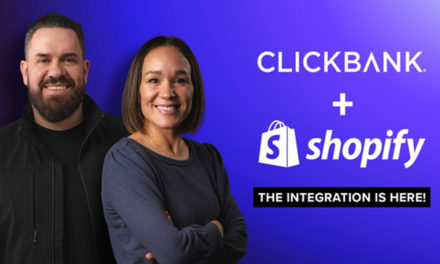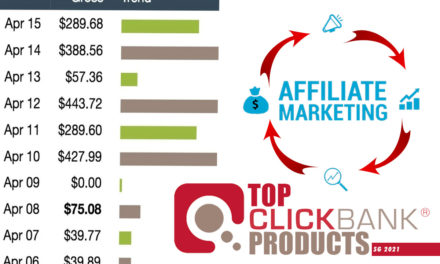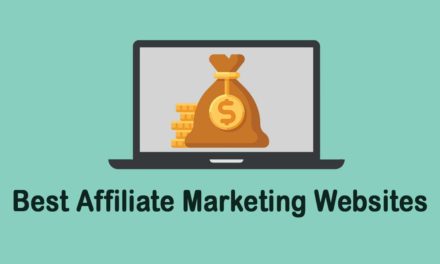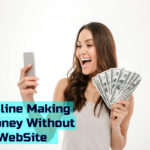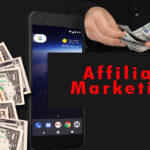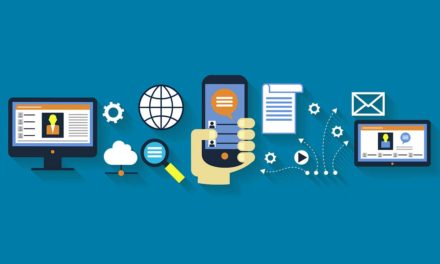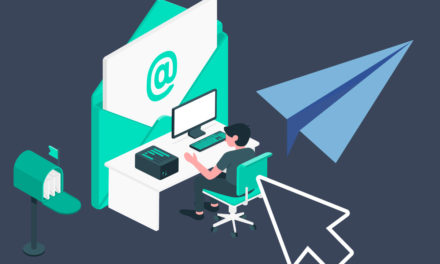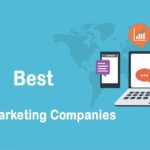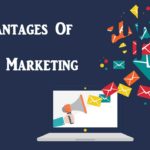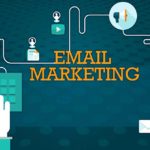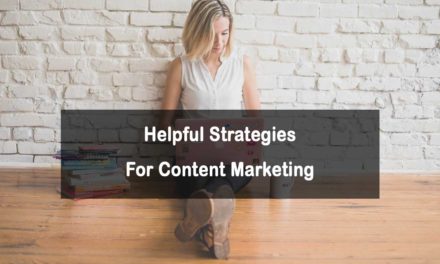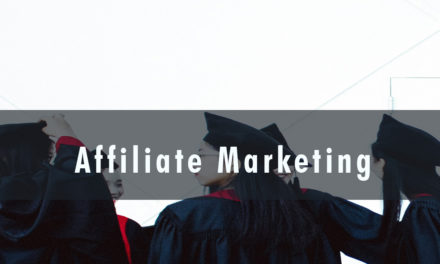
Facebook As An Affiliate: How To Get Started?

Facebook as an affiliate! More than two billion people use Facebook every month ( Statistica ) to communicate, share moments of their lives or discover something new and useful. With such a large audience and unique features to promote and reach your target audience, Facebook has become one of the most effective and popular advertising tools for publishers.
If you haven’t tried it yet or are looking for new tips – keep reading!
1. Your personal page
A personal Facebook profile is considered one of the easiest ways to start affiliate marketing, but there are definitely pitfalls here … Yes, you already have loyal followers, mostly family and good friends. who will happily click on your links, like, and share your messages? But … will they really buy something? Probably not, and it’s pretty obvious that they may always be there to support you, but may not be interested in the products you are promoting. What’s more, at some point, you might not want to mix things up: family and friends are family and friends, but your affiliate marketing business is still a business, so you completely understand when they get bored of viewing sponsored posts from links. However, this issue will not affect influencers as they know how to deliver content correctly (more than promotion). Based on the above, we can assume that your Facebook page may not be very successful if you are not an influencer.
At this point, you can think about creating a separate page and start developing it, attracting followers, providing interesting content so that people share your posts and others follow you. It’s a long road, but it might work.
Publishers have two different ways to design a page:
- 1.or they present themselves as experts on a particular topic and recommend products on that topic,
- or they can create a personal brand, become popular, and recommend any products they wish.
What to publish?
It’s simple. You usually discuss or review one or perhaps several related topics. It is better to choose a topic of interest. For example, if you travel a lot, why not make some money from it? Help your subscribers by adding links to travel advertisers’ websites. The Indoleads have so many great deals here, Don ‘Don’t forget to check out the Top 10 Travel Deals to get started! In addition, travel influencers can also browse clothing and travel gadgets, allowing you to join even more collaborations.
2. Facebook Pages are Core of the Facebook As An Affiliate
What if you don’t want any of your Facebook friends or family members to know or be involved in your affiliate business? Then this form of promotion is definitely for you. This is very similar to a blog where you share information on a specific topic, but the main difference from a personal profile is that a public page can be kind of anonymous, in other words, no one will know that it is yours.
Promotion here can be even trickier because you have to attract subscribers from scratch as the page is anonymous and brand new. Keep in mind that in order to attract a large number of subscribers, the page must be well developed and the posts must be published constantly.
There are 3 main components that can make a Facebook page an effective source of promotion:
- 1.target audience,
- 2.information of high quality and value,
- affiliate links.
This rule may already be overexposed, but it will probably never lose its relevance: content is your Holy Grail! That is, you should first of all think about attracting as large an audience as possible with interesting and valuable content. Facebook will help you with everything it has: link posts, videos, polls and images – whatever you want to make your page more interesting.
3. Facebook Groups
Facebook Groups are very similar to public pages, but the differences between them still need to be mentioned. Publishers create groups on a topic and bring in many members. Then they start discussions about, for example, the best gadgets from China and post affiliate links to the best deals – the process is not complicated.
But remember that groups allow everyone to post, so other publishers can also post their affiliate links and thereby steal your traffic. Groups can be thought of as a kind of small forum where many people share information. This means that unlike managing public pages, you are not the only one who manages and creates posts – all contributors can do so. Thus, controlling the flow of information is more difficult, and sometimes it can go wrong. But, on the other hand, sometimes followers prefer this way of communication, as they can share their opinion on this topic.
The main disadvantage is that groups do not provide any statistics to administrators, so if you need to know the target audience or any other information about the posts, it is better to create a page.
4. Facebook Ads Facebook As An Affiliate
This paid form of promotion is quite popular with publishers who have worked in affiliate marketing for a while as it requires certain targeting skills and knowledge. Promotion from different sources depends on the goals. For example, you can increase your posting volume or drive traffic to your Facebook page, your website, or an advertiser’s website.
Let’s consider each promotion separately:
- Page promotion
This might be the best option if your Facebook page is your main ad and you want to grab the attention of a potential audience. In the column to the right under your profile photo, you will find a blue Promote button, you must click on it. A pop-up window will appear with several options, and you will need to select the “Promote your page” option, marked with an orange checkbox. Immediately after clicking on it, you will see the ad settings where you can manage your ad post. (We will describe the whole process in the next article).
- Website promotion
This type has many advantages, such as the ability to post (besides the mobile or desktop version, you can also post it on Instagram), carousel ads (you can showcase multiple products or services with a single ad), the Facebook pixel, which provides the ability to see in statistics of what actions users take. You need to know how to use Ad Manager to promote your website (we’ll cover that in the next article).
Facebook provides the ability to take the visitor either to the home page or to a specific page (for example, a deep link to a specific product) so you can generate traffic to the advertiser’s site through affiliate links. Better to use vivid images to make users notice (banner blindness extends to all social networks). It should also be mentioned that retargeting works well with this model, as users are more likely to notice messages when they are already interested in the product, and retargeting means that they have already visited the website (remember if the advertiser allows retargeting).
- Promotion of publications
This is a single post promotion that you can easily accomplish by simply clicking one Boost button below the post. Used when the main goal is to attract the attention of a potential audience to a specific post. You can create an attractive post about a product / service and place an affiliate link on it, and when users click on the link and buy the product, you will receive a well-deserved reward. This is definitely the fastest way as you just have to click on a button to select a target and target audience. But, as always, don’t just focus on that, try to work from different angles.
Conclusions
No matter what type / types of promotion you choose, content is your bread and butter. Two content strategies are commonly used. The first is aimed at developing content and providing subscribers with useful information and thereby motivating them to buy products from your links or from your website. This is a long but reliable strategy as you build your relationships with users by offering something useful and helping them solve their problems or satisfy their needs when purchasing certain products. It also makes them more loyal.
The second strategy is focused on selling faster and making more profits. This is when targeting works best. Publishers promote publications and start driving traffic to the advertiser’s site. Of course, no one forbids you to combine these strategies by posting quality content and sometimes promoting interesting posts – it’s a matter of how much money you can spend on advertising. But the general rule remains the same: work on your content, use Facebook tools wisely, and the result is sure to come. Will be, we have already checked!

